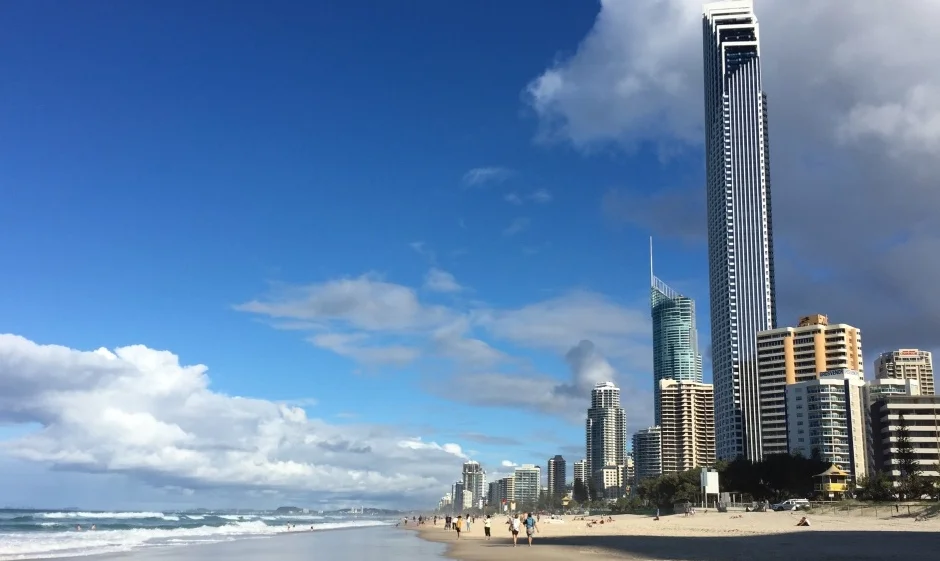WHAT TO DO IN AUSTRALIA IN FIVE DAYS
Australia, also known as the Commonwealth of Australia, is a nation comprised of the main Australian continent, Tasmania on the southeast and several smaller islands. It borders with Indonesia, East Timor and Papua New Guinea to the north, New Zealand to the southeast and the Solomon Islands and Vanuatu to the northeast. With a land area of 7.7 million km2, Australia is the sixth largest country in the world. It also has the largest coral reef, The Great Barrier Reef, that stretches about 2,000 km on the northeast coast. Australia is governed by a federal parliament led by a Prime Minister and recognizes Queen Elizabeth II as constitutional monarch. Australia has a population of over 24 million people all over its six states and several territories, with its capital in Canberra. The country’s currency is Australian Dollars. Today, it is the world’s 13th largest economy.
My sons and I have been to Sydney a few times back when we were living in Bali to visit family in Sunshine coast, near Brisbane. We also at times stopped over on the way back from a skiing holiday in Queenstown, New Zealand. Therefore, this writing on Australia will mostly cover sites and activities that are popular among young children and families. It will cover the fun-loving activities in Sydney, such as cruising along Sydney Harbour, as well as those on the Gold Coast, including the visits to the monstrous theme and adventure parks.
It is what Australia is about: fun outdoor activities. You need at least three days in Sydney, two days in the Gold Coast (and possibly one day to recover from the scary rides…..) and perhaps an day extra to explore Brisbane. The country is also known for its art and cultural centres, particularly in Sydney and Melbourne.
British settlement started in Australia in late 18th century. 50,000 years before this, the land was inhabited by indigenous Australians: Aboriginal Australians and Torres Strait Islanders; who altogether spoke about 250 different group of languages. In 1606, Dutch explorers discovered the continent and by 1770 half of eastern part of Australia was claimed by Great Britain. Initial settlement was through penal transportation to New South Wales commencing in early 1788 and from then on population grew steadily the following decades. By mid 19th century, half of the Australian continent have been discovered and another five self-governing crown colonies were established. On 1st of January 1901, the six states federated to form the Commonwealth of Australia, a dominion of the British Empire.
Melbourne was the temporary seat of government between 1901 to 1927 while Canberra, the Australian Capital Territory, was being developed.
The 1931 Statute of Westminster was adopted by Australia in 1942, which ended most of the country’s constitutional links with the UK. During World War II, under the threat of Japanese invasion, Australia turned to the US for protection and alliance and has become a formal ally of the US since 1951. In the 1970s, the country abolished the White Australia policy and allowed immigration from Asian and other countries, resulting to the transformation of the country’s culture, demography and self-image. The Australia Act of 1986 severed the last remaining constitutional ties between the country and the UK, ending all British role in governance. However, the 1999 referendum rejected the proposal of Australia to become a republic and to this day the country continues to recognise Queen Elizabeth II as their monarch.
Places . . .
Recommended Places To Go . . .
Featured . . .









